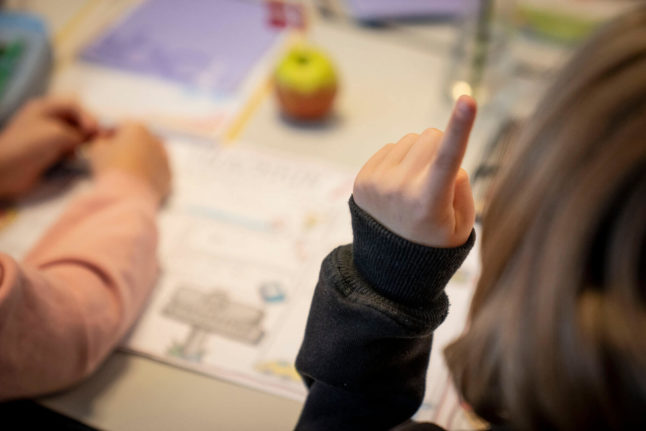The figure comes from 2018 Statistics Denmark data analysed by Lederne, a union for professionals in the management sector.
Last year, unemployment levels for 25-29 year-olds with university degrees reached 12.2 percent.
That compares with unemployment of 7.1 percent at that age group for the population as a whole.
Additionally, university graduates had a higher unemployment rate than any other educational demographic for the 25-29 age range.
Denmark’s overall unemployment level last year was 3.9 percent.
“People aged 25-29 have always had a higher unemployment level than the overall population, but this is very concerning. Unemployment amongst young people has not recovered following the Global Financial Crisis as it has for the rest of the population,” Kim Møller Laursen, head of analysis with Lederne, noted in comments accompanying the analysis.
People who have studied humanities and theological degrees appear to suffer more than other disciplines in the post-university job hunt.
Humanities and theology graduates were unemployed at a rate of 23 percent in 2018 for the 25-29-year age group.
Arts and childcare-related degrees were the next-highest groups for recent graduate unemployment levels, at 19.8 and 18.7 percent unemployment respectively.
READ ALSO: Denmark to scrap residency requirement for unemployment insurance



 Please whitelist us to continue reading.
Please whitelist us to continue reading.
Member comments